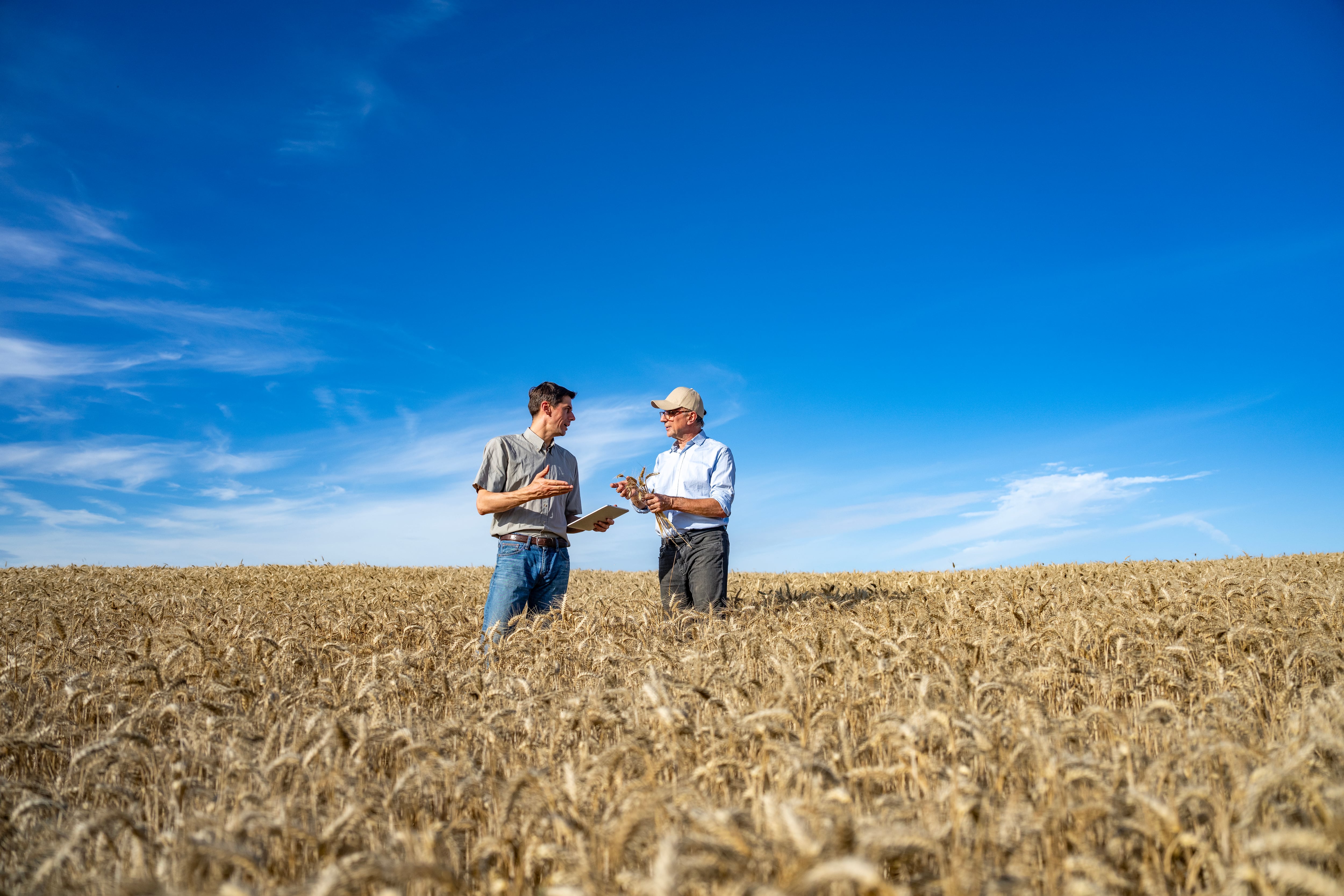The move aims to protect them against the growing impacts of droughts and floods, which threaten harvests, livelihoods, and global food security.
By 2030, Bayer Foundation’s grant for insurance premium support in the amount of 10 million euros – supported by a donation from Bayer’s Crop Science Division – will unlock a potential insurance coverage of 127 million U.S. dollars for 10 million farmers working with national governments in Bangladesh, Pakistan, Malawi, Ghana, Nigeria, Kenya and Mali.
Rodrigo Santos, president of Bayer’s Crop Science Division and the Bayer Foundation’s executive director explained more about the strategic reasons behind this partnership.
“One of our sustainability commitments is to support 100 million smallholder farmers by 2030.
This is an effort that can’t be done alone. That is why we are working together with partners like Pula but also with governments to build an ecosystem that enables smallholders to improve their yields and their living conditions. We implement measures that are about self-empowerment, and we help build the foundation for that.
“One of the key levers is providing smallholder famers with better access to finance and insurance. These farmers are heavily affected by climate change impacts. If there are droughts and floods, they might lose their complete harvests. This means that they won’t be able to feed their families and to sell their products. As a result, farmers won’t be able to purchase seeds, crop protection products and fertiliser. Insurances like the kind we aim to provide in collaboration with Pula protect their investments in their farms. In case of droughts and floods, they will receive financial compensation which enables them to buy the relevant agricultural inputs to start over.
“We believe in social innovations like the insurance model of Pula because they can provide smallholder insurance protection at scale, which has been demonstrated through a pilot between Pula and Bayer Foundation already in 2021 in Zimbabwe. This collaboration now is an expansion and for us a working model for private-public partnerships enhancing smallholders’ livelihoods.”




